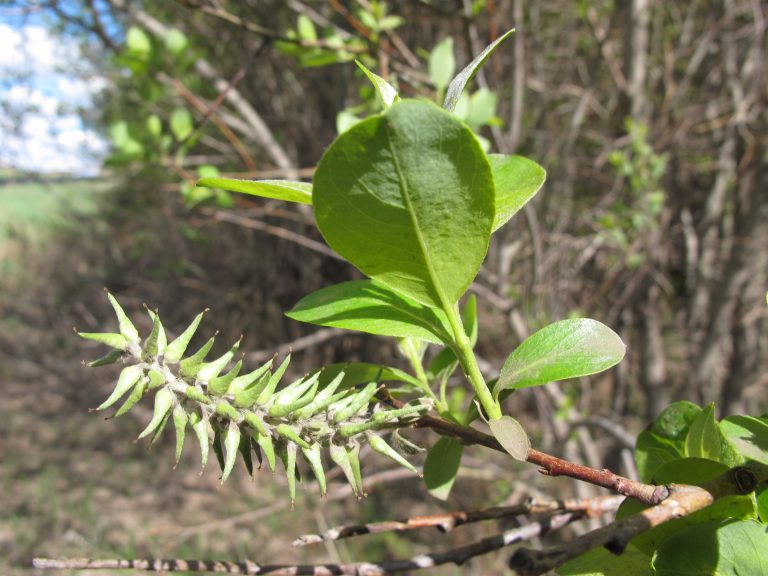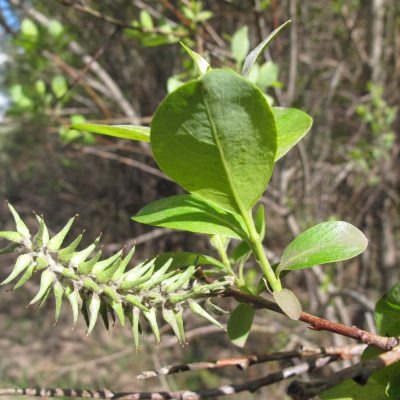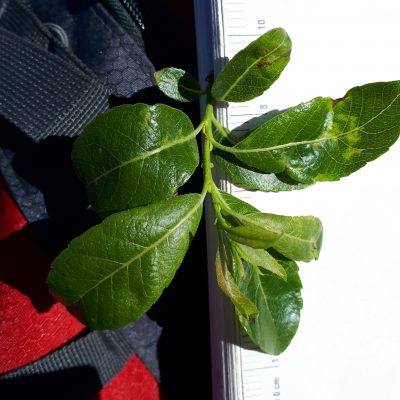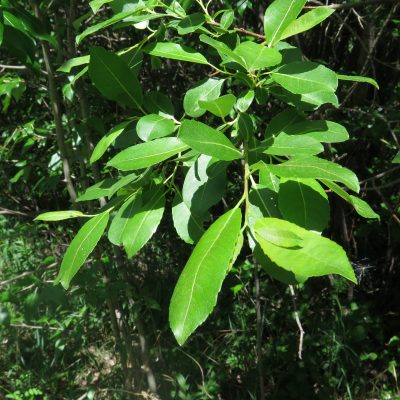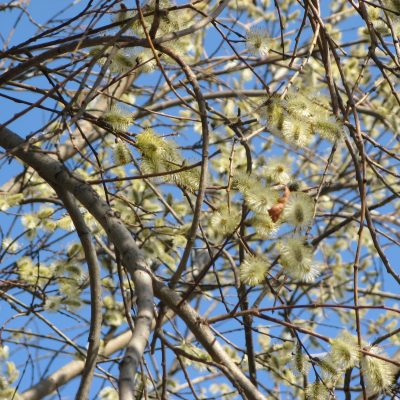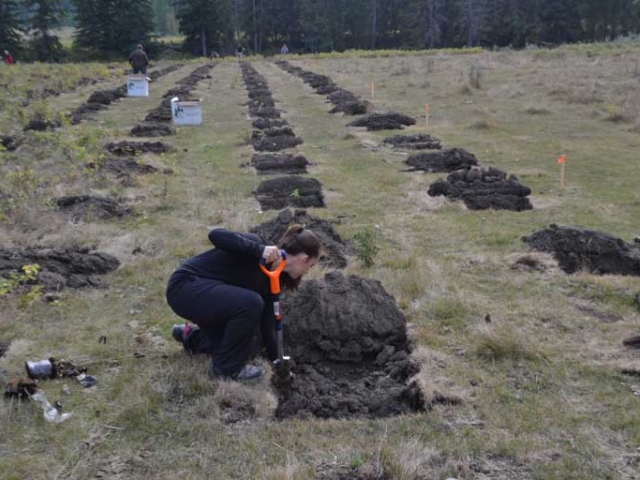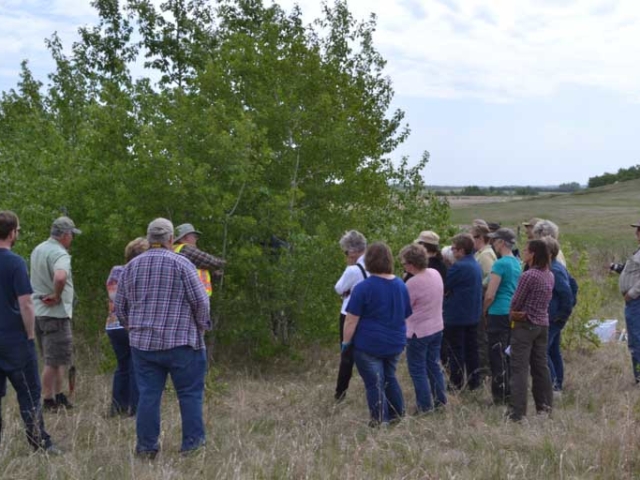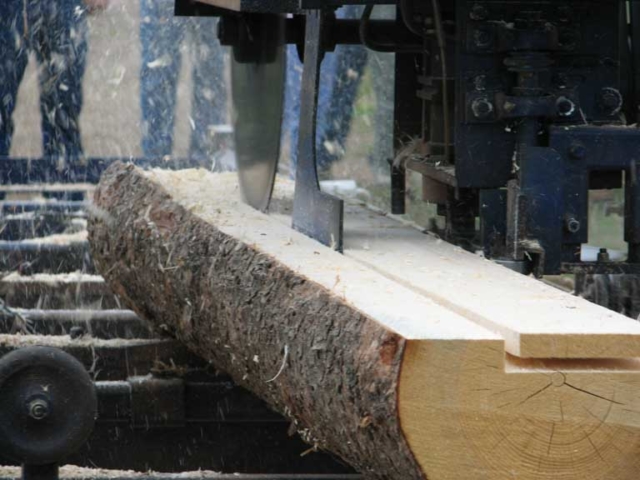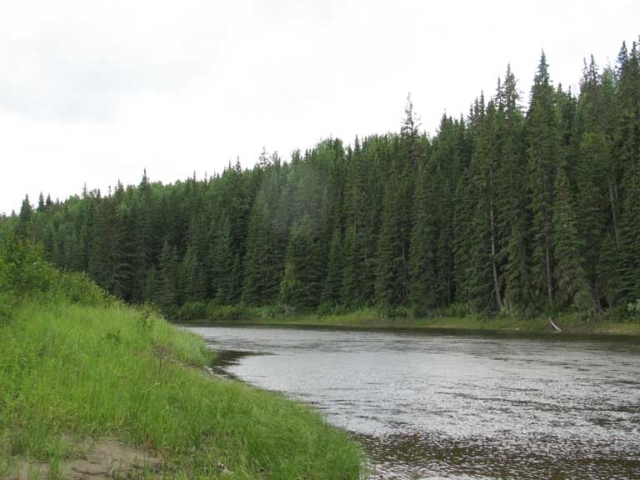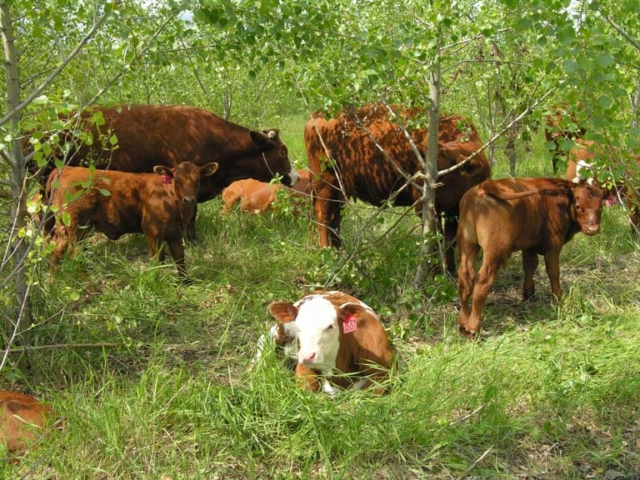Description / Details
Pussy willow (Salix discolor)
Pussy willow is a common tall shrub across Alberta north and west of the grasslands. Like all willows, pussy willow is sun loving and well adapted to live near water: it can handle annual flooding, and its deep, binding roots help to stabilize the banks of water bodies. The emerging male flowers of pussy willow look like little cats, giving the species its common name. However, other willow species have similar looking flowers, and so are often also referred to as ‘pussy willows’ early in the season.
Pussy willow provides excellent, long-lasting pollen and nectar resources for pollinators early in the season. It also provides high quality forage for livestock and wildlife. Its wood grows back straight after being coppiced (cut down at the base), making it a good source for crafting (e.g. basket weaving) and biomass.
Pussy willow’s fast growth rate and wildlife value make it a good addition to Eco-Buffers in moist to wet areas outside of the grasslands. It is also highly recommended for riparian buffers. Like all willows, pussy willow grows well from cuttings (refer to AWES’ Stem Cuttings factsheet).

